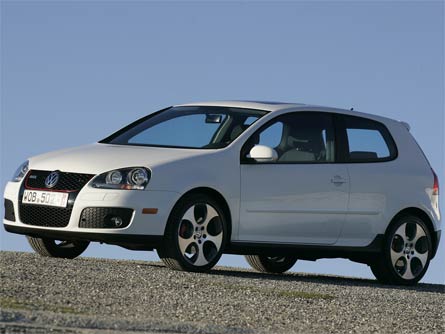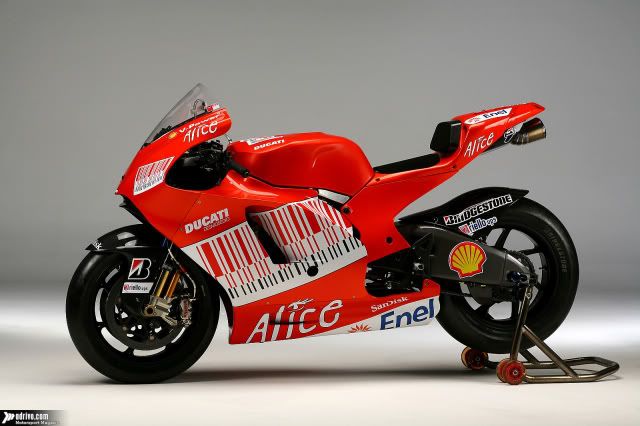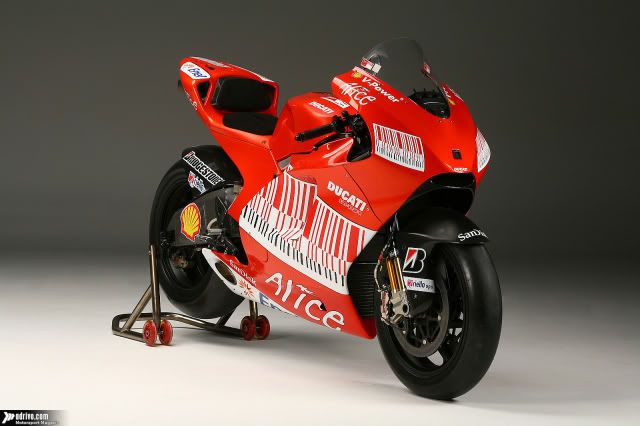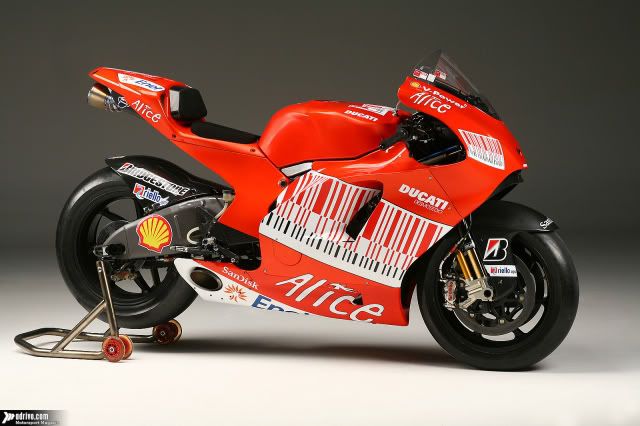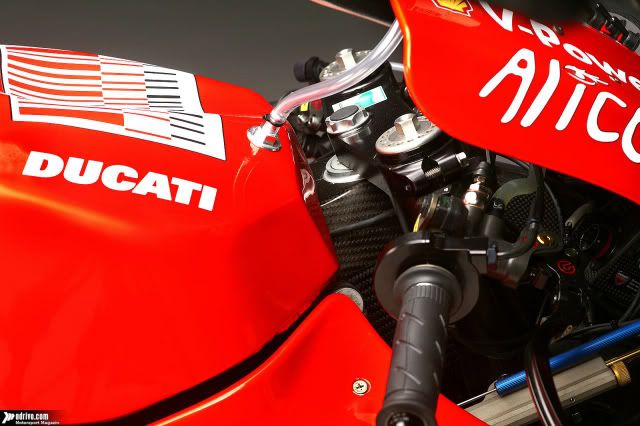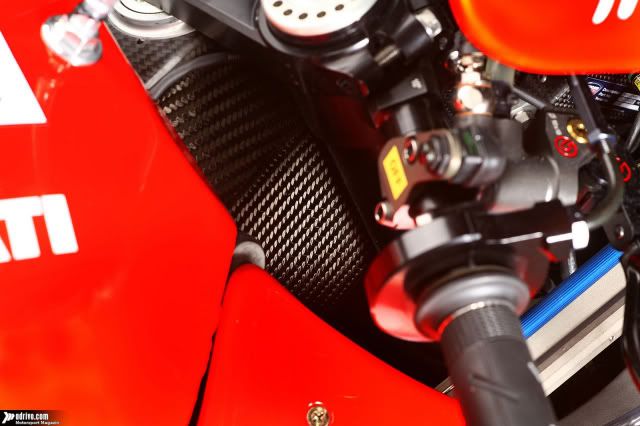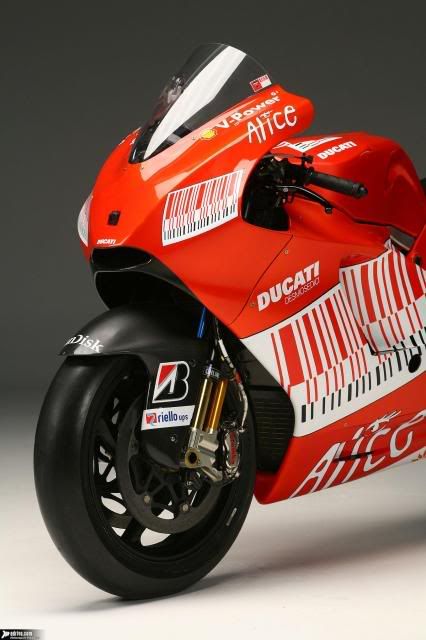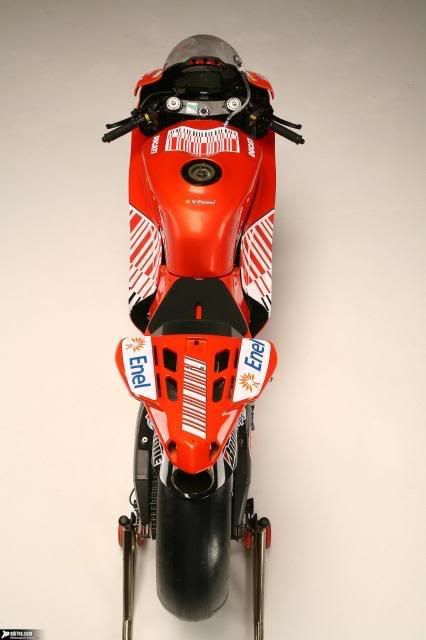Gan, kalo temen lo nanya "jam berapa sekarang?" pasti dalam waktu 1-2 detik lo bisa bales "jam 3 lewat 15" ato apalah, tp kalau pake jam ini, beuhhh pasti lebih Gan. Ini ada top ten jam paling ribet buat dibaca (Sori Gan banyak bacot ama english, itung2 latian dikit"
1. Equalizer High Frequency 2

All right, let’s start with an easy one: the new High Frequency 2, the second Tokyoflash watch to use an Equalizer theme. You’ve got to be quick to read the time: the display pushes up the top row of lights, which then float back down like an equalizer graph to indicate the time for just 5 seconds.
Technically speaking, High Frequency 2 is actually a pretty advanced watch: it is an advanced LCD that uses just 1 LED to light the entire watch, so its power consumption is very low.
2. e35 JLr7

Look carefully, and you’ll find out why this watch, made by Eri & Eiichi or e35, is named the JLr7 (just look at the top row of the watch).
When you want to find what time it is, just press the button to watch a grid of L-shaped notches come to life. The hours, minutes, and seconds are encoded in a geometric pattern.
The first two rows, comprised of 12 lights, tell the hour. The next three lights are increments of 15 minutes, and the next 14 lights are 1 minute each. The last 3 are seconds (those tick by quickly!)
Here’s a handy dandy cheat sheet on how to tell time with an e35 JLr7:
3. Oberon

This one is stylish and geeky! The Oberon watch uses concentric rings to tell the time. Each LED on the outer ring indicates 1 hour. The LEDs on the second ring are 1 minute each, and those on the inner (or third) ring are 10 minutes each.
Thankfully, the LEDs are positioned just like the numerals on a regular watch face, so it’s really quite easy to tell the time.
4. e35 Geomesh

Let’s step it up a notch: another watch by e35 is the Geomesh, where you have to count the vertical lights to figure out the hours and the horizontal lights for the minutes (either 5 minutes or 1 minute increments, depending on where the lights are).
Here’s the chart:

Let’s try to figure out the example on the left. There are 9 horizontal (green) lights, so it’s 9 o’clock. 5 lights x 5 minutes each + 4 lights x 1 minute each = 29.
The time is 9:29. Pretty straight forward, right?
5. Eleeno Kion Elite

Just when you thought that there’s a familiar clock hand pointing out the time, you’ve just underestimated the Kion Elite by Eleeno. If you look closer, you’ll find that there’s only ONE clock hand - and it’s telling the minutes!
So how do we figure out the hour? Turns out, it’s the background of the watch: the pattern will "point out" what hour it currently is (7:50 in the image above).
6. Tokyoflash 1000100101

If you look closely, you’ll probably see this watch on a Sci-Fi movie from the 1960s about the future. Besides looking cool (the colored LEDs blink a LOT!), this watch will make you do math.

Every time you want to figure out what time it is, you have to do a mental arithmetic: The first LED is 10 hours, then the next 9 is worth 1 hour each. The next 5 are 10 minutes, then the last 9 are 1 minute each.
So, 11:35 is 1000+100+30+5. And who said you’ll never use math in real life!
7. Radioactive Active Reactor

By now, you should already pick up a pattern: Tokyoflash watches want you to do math to figure out the time. Nothing fancy, just a little addition.
Active Reactor by Radio Active adds a little humor to the math: the hour is marked on the "Danger" bar (with the Warning button signifying the 6 hour mark.

Oh, and another thing. This watch you simply don’t wear in an airport.
8. Shinshoku

The Shinshoku is a continuous stainless steel band that wraps around your wrist with a matrix of punched out holes. In what constitutes the front part of the band, the holes are filled with 29 LEDs that illuminate to tell the time.
In the multi-color version, 12 red LEDs indicate the hour, 3 green LEDs indicate quarter hours, and 14 yellow ones are 1 minute each. But first, as if the whole thing isn’t cool enough, the lights cascade to make the final time-giving formation.
The watch above, for example, shows 8:35.
9. Kyokusen

In Japanese, kyokusen means curved line, which is a big part of the watch face. The line tells the hour part of the time: each lit segment of the curve indicates one hour.

The circular array of lights are the minutes. But here’s the twist: each dot in the outer ring is 5 minutes, and the 4 inner dots are 1 minute each.
So, the watch to the left shows 10: 24.
10. Twelve 5-9 Q version

If a Cylon Centurion wore a watch, I betcha the Twelve 5-9 Q version would be it.
The watch just oozes that creepy cool "biomechanical" feel: the watch face has a contoured undulating effect. Peering through five tiny strips are 26 very bright multi-colored LEDs.
Like its name implies, the watch uses the 12-5-9 method (12 hours, 5×10 minutes, 9 single minutes) to tell the time. Moving clockwise, the first two lines of the LEDs show the hours. The next line is the minutes up to 50, with each glowing LED showing 10 minutes. The final two lines are the single minutes, with one LED for each minute.
Got it? i didn’t either … but it sure looks cool!
asal muasal:
http://www.neatorama.com/2008/01/21/...flash-watches/




















